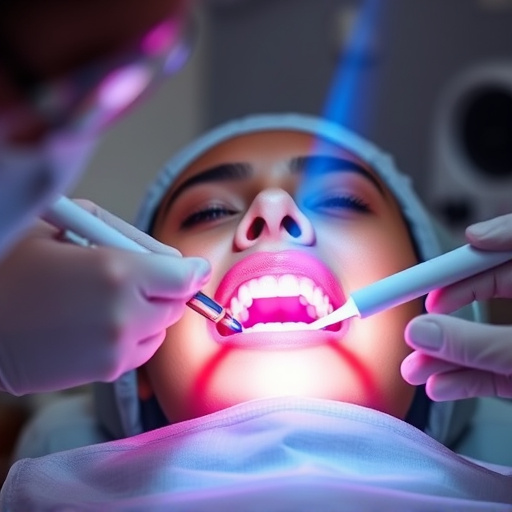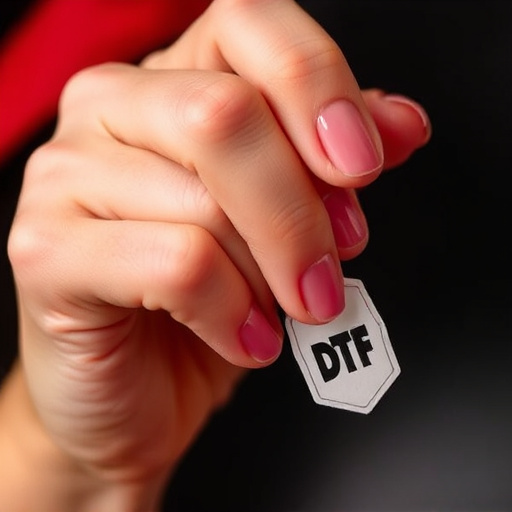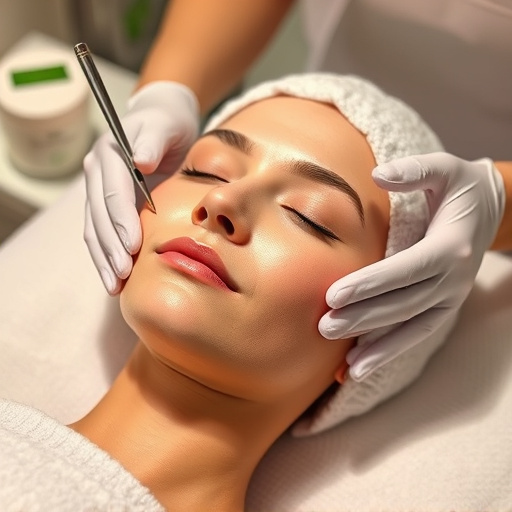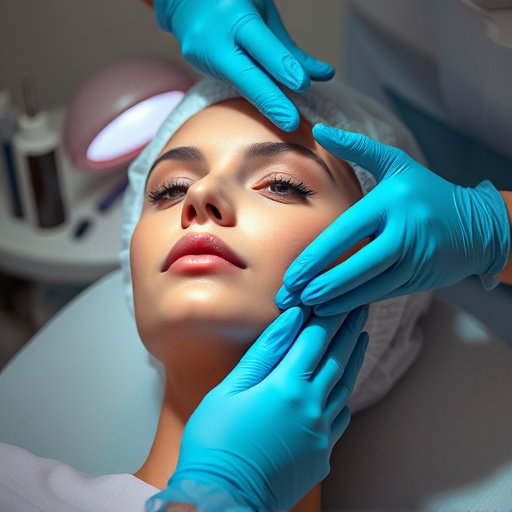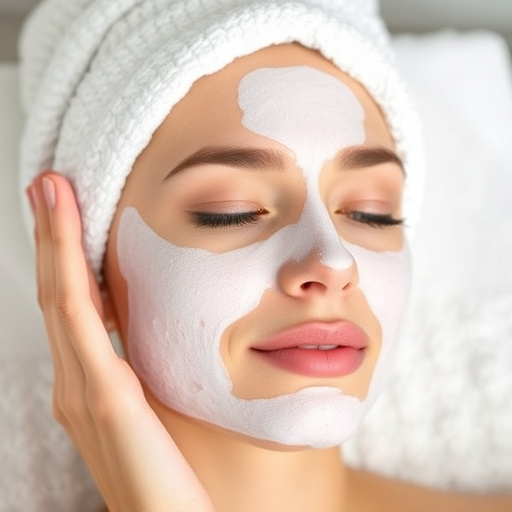Comedones, visible as whiteheads or blackheads, require specialized extraction techniques due to their varied depth and size. Safe and effective methods range from gentle squeezing to professional treatments like chemical peels or laser therapy, guided by dermatologists using precise tools. Over-extraction or improper preparation can cause scarring or skin damage, emphasizing the need for expert advice tailored to individual skin types.
Comedone extraction, a procedure to remove blackheads and whiteheads, is a common skincare concern. This article delves into the safe techniques recommended by dermatologists for effective comedone extraction. Understanding different types of comedones and their unique characteristics is key. We’ll explore proven methods, highlighting the importance of proper tools and techniques to prevent skin damage. Additionally, we’ll discuss common mistakes to avoid, ensuring readers can navigate this skincare procedure with confidence and safety in mind.
- Understanding Comedones and Their Types
- Safe Extraction Techniques Dermatologists Advise
- Common Mistakes to Avoid During Comedone Extraction
Understanding Comedones and Their Types

Comedones are small pores clogged with sebum, dead skin cells, and hair follicles, often appearing as whiteheads or blackheads. They can vary in size and depth, forming either superficial (open-ended) or deep (closed) structures. Superficial comedones, easily visible on the skin’s surface, tend to appear white due to trapped sebum. In contrast, deep comedones are buried beneath the skin’s surface, making them less noticeable but more challenging to extract.
Understanding these different types is crucial in comedone extraction, as dermatologists recommend tailored techniques for each. For instance, while blackhead extraction may involve gentle squeezing or manual tools, deeper cystic acne requires professional treatments like chemical peels, laser therapy, or even oral medications. Proper extraction not only aims to clear the blockages but also promotes skin rejuvenation and prevents scarring, ensuring a healthy and radiant complexion through effective facial treatments.
Safe Extraction Techniques Dermatologists Advise

When it comes to comedone extraction, safety is paramount. Dermatologists recommend a few techniques to ensure minimal risk and optimal results. One widely advised method is the use of specialized tools designed for precise extraction, such as sterile needles or extractor tools, which carefully punch out or suck out comedones without damaging the surrounding skin. This approach is particularly effective for larger or more deeply embedded pimples.
Additionally, dermatologists often suggest combining physical extraction with gentle facial treatments like chemical peels or aesthetic treatments. Chemical peels use concentrated acids to exfoliate the skin, helping to loosen and remove built-up oil and dead skin cells. Aesthetic treatments, such as microdermabrasion, offer a non-invasive way to smooth and unclog pores. These complementary methods not only enhance the effectiveness of comedone extraction but also contribute to overall facial cleanliness and healthier skin.
Common Mistakes to Avoid During Comedone Extraction

Comedone extraction, while seemingly straightforward, involves a few common pitfalls that dermatologists often highlight to ensure safety and efficacy. One major mistake is over-extraction, where excessive force is applied, leading to skin trauma and potential scarring. This can occur due to using inappropriate tools or applying too much pressure, especially around sensitive areas like the eyes and mouth.
Another error is neglecting proper preparation. Skipping steps like cleansing or not using a suitable topical numbing agent can cause discomfort and even damage to the skin. Additionally, trying DIY methods with untested products or using outdated techniques that may not be effective anymore, such as applying heat or harsh chemicals for comedone extraction, are serious mistakes that can lead to adverse reactions and do more harm than good. Always consult a dermatologist who can guide on the best anti-aging treatments or pore refinement techniques, including chemical peels, suitable for your skin type and condition.
Comedone extraction is a delicate procedure, and choosing the right technique is paramount for safety. By understanding the different types of comedones and adopting recommended methods like the vacuum extraction or expressional techniques, individuals can effectively manage blackheads and whiteheads while minimizing the risk of skin damage. Avoiding common mistakes, such as over-manipulation or using inappropriate tools, ensures a safer and healthier approach to comedone extraction. Prioritizing these practices promotes effective acne management and enhances overall skin health.
